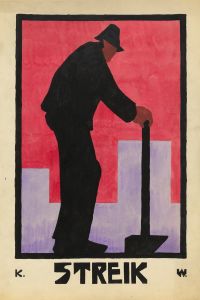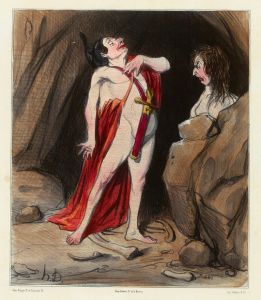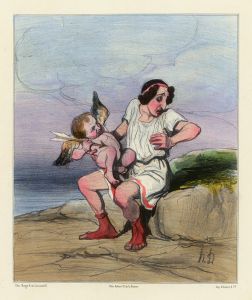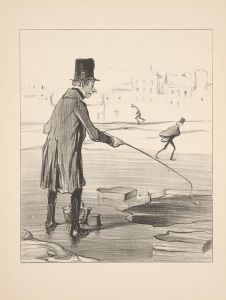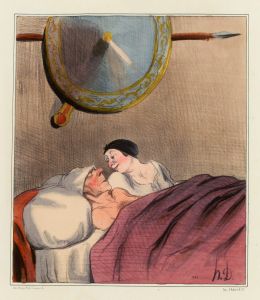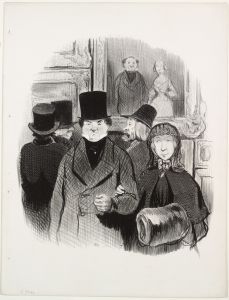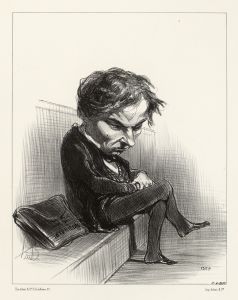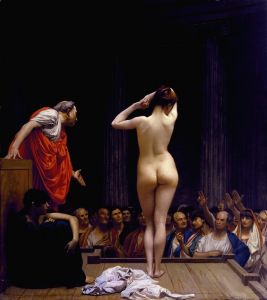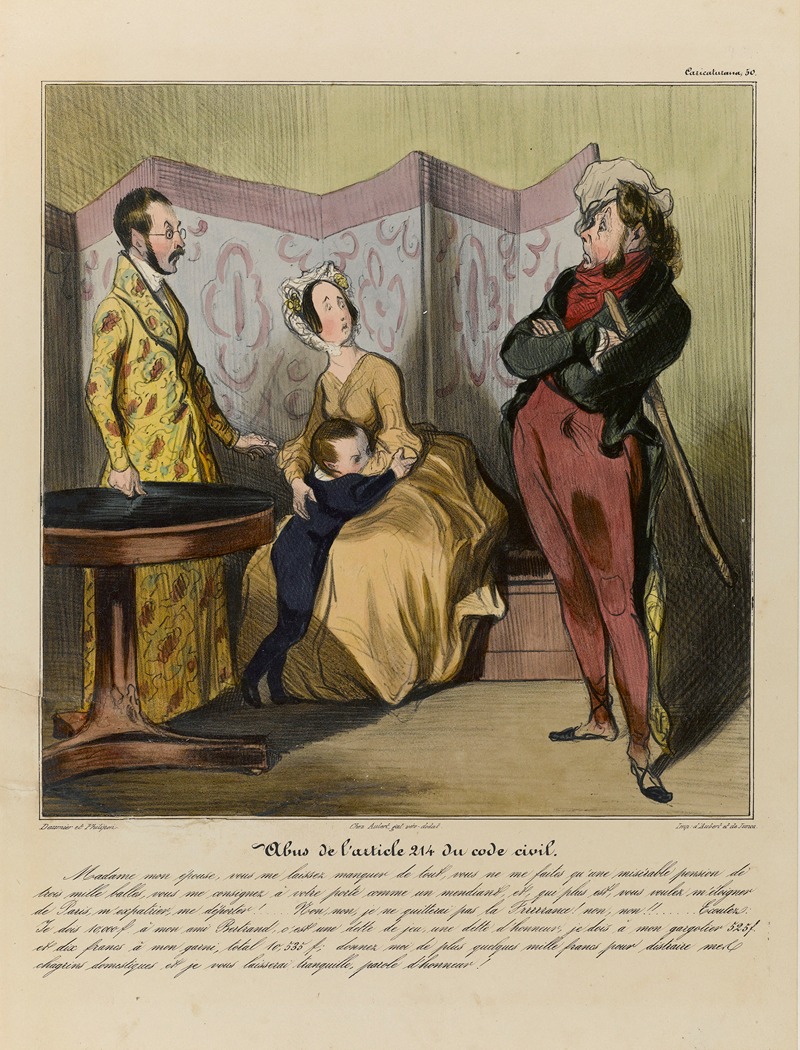
Abus de l’article 214 du Code civil
A hand-painted replica of Honoré Daumier’s masterpiece Abus de l’article 214 du Code civil, meticulously crafted by professional artists to capture the true essence of the original. Each piece is created with museum-quality canvas and rare mineral pigments, carefully painted by experienced artists with delicate brushstrokes and rich, layered colors to perfectly recreate the texture of the original artwork. Unlike machine-printed reproductions, this hand-painted version brings the painting to life, infused with the artist’s emotions and skill in every stroke. Whether for personal collection or home decoration, it instantly elevates the artistic atmosphere of any space.
Honoré Daumier, a prominent French artist known for his caricatures, paintings, and sculptures, created the artwork "Abus de l’article 214 du Code civil" in the 19th century. Daumier was renowned for his keen observation of social and political issues, often using satire to critique the society of his time. This particular work, whose title translates to "Abuse of Article 214 of the Civil Code," reflects Daumier's engagement with the legal and social norms of 19th-century France.
The Civil Code, also known as the Napoleonic Code, was established in 1804 and served as a fundamental legal framework in France. Article 214 of this code pertained to the obligations of spouses, particularly focusing on the duties of a wife to her husband. In Daumier's time, this article was often interpreted in a manner that reinforced patriarchal norms, emphasizing the subordination of women within marriage. Daumier's artwork critiques this societal structure, highlighting the potential for misuse and the inherent inequalities present in the legal system.
Daumier's approach to art was deeply influenced by his background in lithography and caricature. He worked for various publications, including the satirical newspaper "La Caricature" and later "Le Charivari," where he produced numerous illustrations that commented on contemporary politics and society. His works often featured exaggerated characters and situations, a technique that allowed him to underscore the absurdities and injustices he perceived in the world around him.
In "Abus de l’article 214 du Code civil," Daumier employs his characteristic style to depict a scene that likely illustrates the consequences of the legal code's application. While specific details of the artwork's composition are not widely documented, it is consistent with Daumier's oeuvre to assume that it features figures in a domestic or legal setting, rendered with expressive gestures and facial expressions that convey the tension and imbalance of power inherent in the situation.
Daumier's work was part of a broader movement of social realism in art, where artists sought to shed light on the conditions and struggles of everyday life. His ability to capture the essence of social issues through humor and satire made his work accessible and impactful, resonating with a wide audience. Despite facing censorship and legal challenges due to the provocative nature of his work, Daumier continued to produce art that challenged the status quo and advocated for social change.
Today, Honoré Daumier is celebrated as a master of social commentary in art. His works, including "Abus de l’article 214 du Code civil," remain relevant as they address themes of justice, equality, and human rights. Daumier's legacy endures in the continued appreciation of his ability to blend artistry with activism, using his talents to critique and inspire reflection on the societal norms of his time.







